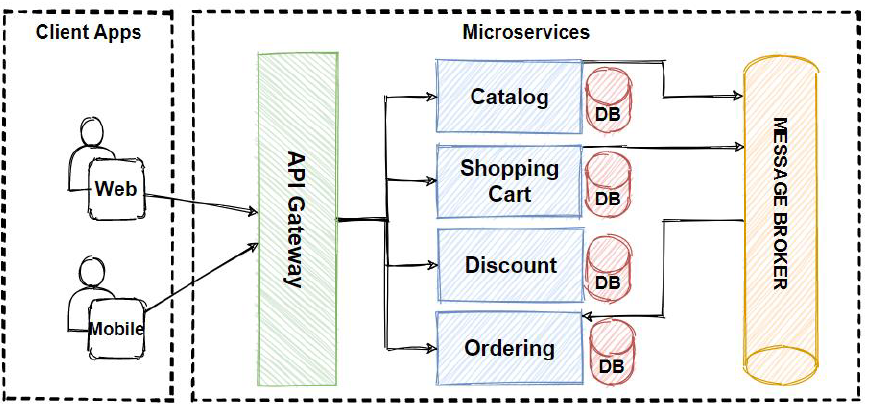Microservices Architecture Pattern
From the collection
Architectural Patterns in Software Engineering
Microservices Architecture Pattern
From the collection
Architectural Patterns in Software Engineering
The collection of small services that are combined to form the actual application is the concept of microservices pattern. Instead of building a bigger application, small programs are built for every service (function) of an application independently. And those small programs are bundled together to be a full-fledged application. So adding new features and modifying existing microservices without affecting other microservices are no longer a challenge when an application is built in a microservices pattern. Modules in the application of microservices patterns are loosely coupled. So they are easily understandable, modifiable and scalable.
Advantages:
- Scalability: Each service can be scaled independently based on demand.
- Faster Delivery: Independent services allows teams to develop, test, and deploy features faster.
- Easier Maintenance: Services can be updated and maintained independently.
Disadvantages:
- Complex Management: Managing multiple services requires robust monitoring and management tools.
- Network Congestion: Increased network traffic between services can lead to congestion and overhead.
- Security: Securing multiple services and their communication increases the probability of attack.
Use Cases:
- E-commerce Platforms like Amazon and eBay.
- Streaming services like Netflix and Spotify.
- Online Banking Platforms.
- Electronic Health Record (EHR) Systems.
- Social Media Platforms like Twitter and Facebook.

See more from
etori.sangiacomo